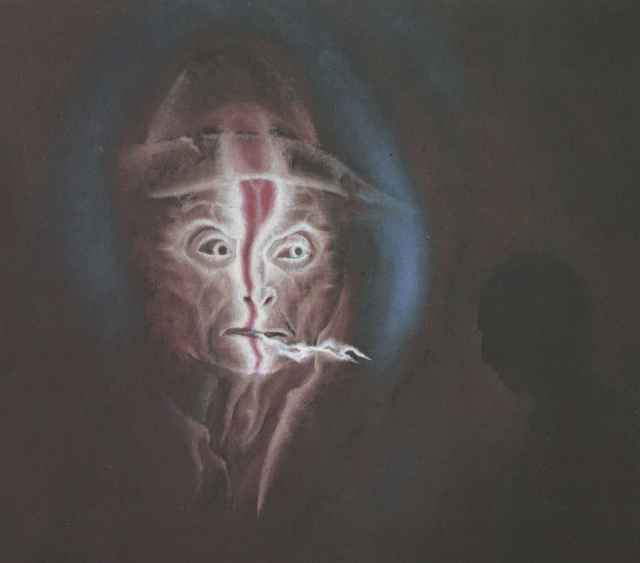Αναρτήθηκε από
Ελένη Ιωάννου
Alfred Stieglitz
More on Photography, Alfred Stieglitz, Pictorialism, and Straight Photography
 |
| Venetian Canal (1894) by Alfred Stieglitz |
So far there have been couple of interesting responses to last weeks post A somewhat unfortunate quote from Stieglitz, and I’ve been meaning to reply. The issues that I touched on in that post – and Stieglitz himself – are so interesting, however, that I couldn’t confine it to a few sentences. Hence this followup post on the subject.Stieglitz was brilliant as an artist and intellectually restless, and I didn’t in any way mean to imply that he had abandoned photography as an expressive medium. Quite the opposite – his work from the late teens onward was powerful, beautiful, poetic, and often intimate (just look at his extended portraiture of Georgia O’Keefe).When Stieglitz echewed the pictorialism of the Photo Secession that he’d helped found, it was because he had become enamored of a modernist ethos which led him to believe that the approach of straight photography was more pure and true to the medium. He came to see soft-focus lenses and all the physical printing manipulations by pictorialist photographers as being too interpretive and imitative of painting and other visual arts. What the camera does best, in the view of straight photography, is to accurately record details with sometimes brutal honesty, sometimes poetic honesty. Stieglitz tended toward the poetic – his clouds series is a beautiful example. And he did indeed continue as a masterful printer, but his intent seems to have been to use his printing processes and techniques in ways that he regarded as true to pure photographic “reality” rather than use the artists hand in interpreting the traces of light and time that his camera recorded. His critique of Paul Strand’s print in the fascinating video that Jim McKinnis posted very much reflects this approach.I do think it is shame that Stieglitz so categorically rejected Pictorialism, but his embrace of straight photography makes sense, given his artistic and intellectual restlessness and curiosity, his exposure to modern art, and his capacity for great enthusiasm.My own view is that the contributions of pictorialists to expressive photography were at least as important as those of the best of the straight photographers, but for most of the rest of the 20th century their vitality, creativity, and vision were largely ignored. I lay the blame for their being unfairly dissed at the feet of prominent critics, curators, and historians who tended to regard Pictorialism at best as a well-meaning but errant attempt to legitimize photography as art, using what they thought of as too much flimflam, fuzzy-wuzzy, and filching from the fine arts. It is true that Pictorialism had became somewhat rigid, mannered, and very much the establishment by the 1910s, but it had opened photographers of the day to the possibility that their work could incorporate a more subjective kind of expressiveness that invited the physical hand of the artist to manipulate the traces of the original photographic encounter.In the last couple of decades many photographic artists have once again become drawn to alternatives to the purist approach. I see this both in photographers who work with the high-tech digital approach to photo manipulation on the one hand, and the high-touch realm of alternative processes on the other. Wonderful combinations of the two can be seen as well. My own view is that it’s all good. As I have written here before, I believe that we are well into a golden age of photography, with great opportunities for expression, and that the mere technology of photography shouldn’t be seen as implying any inherently correct approach. We all should use it as we will.
- Λήψη συνδέσμου
- X
- Ηλεκτρονικό ταχυδρομείο
- Άλλες εφαρμογές
Labels:
Alfred Stieglitz
Photography




Σχόλια